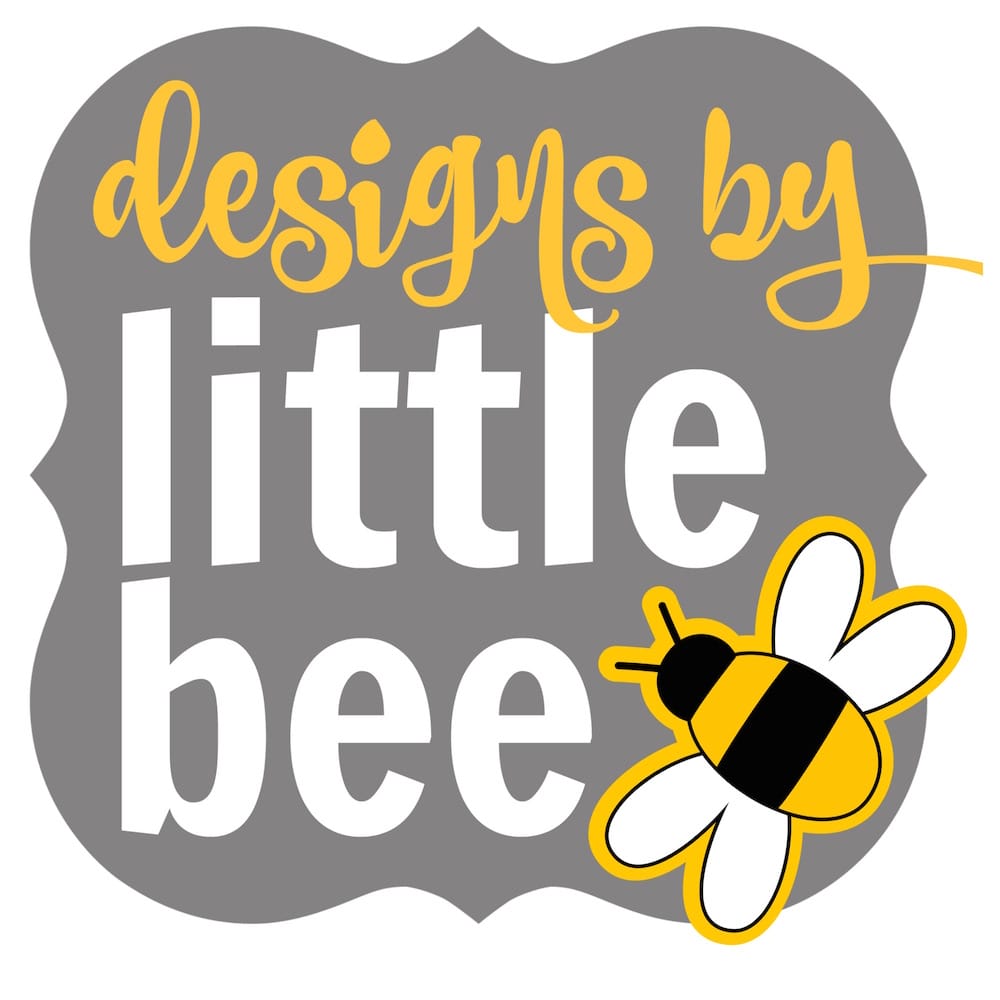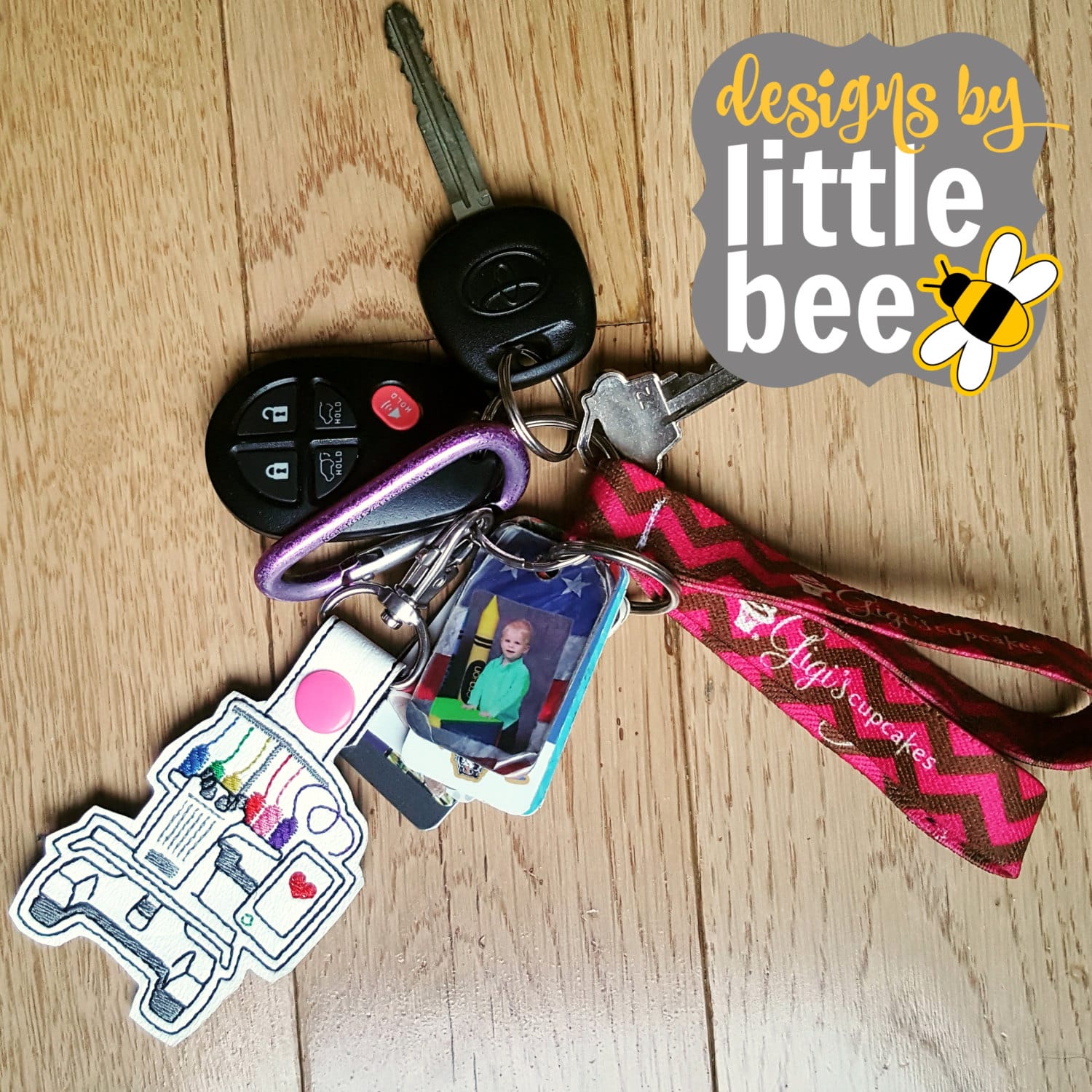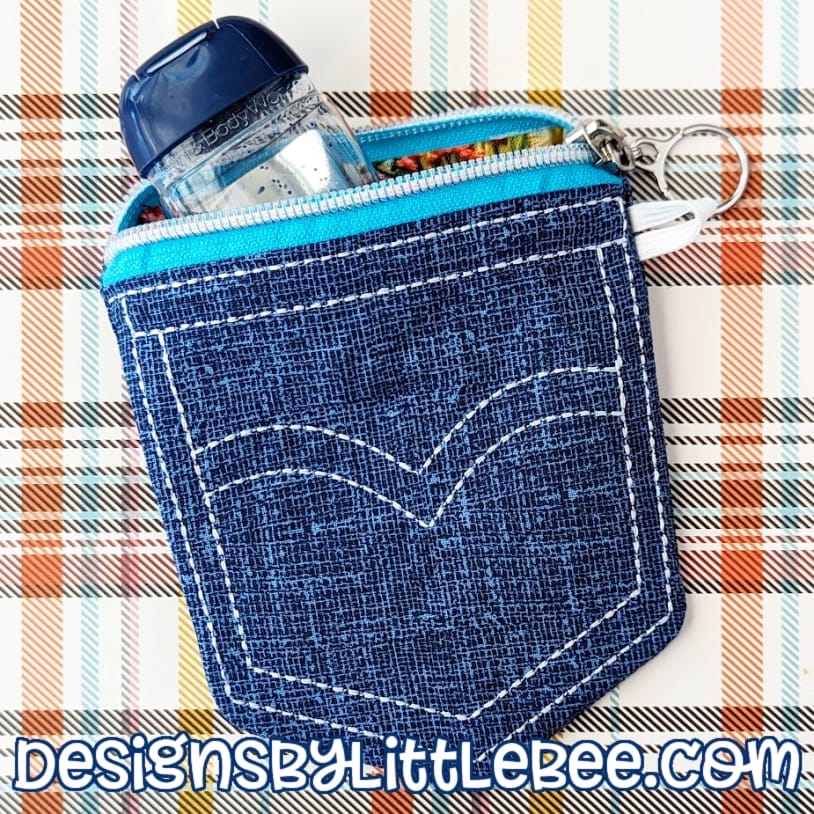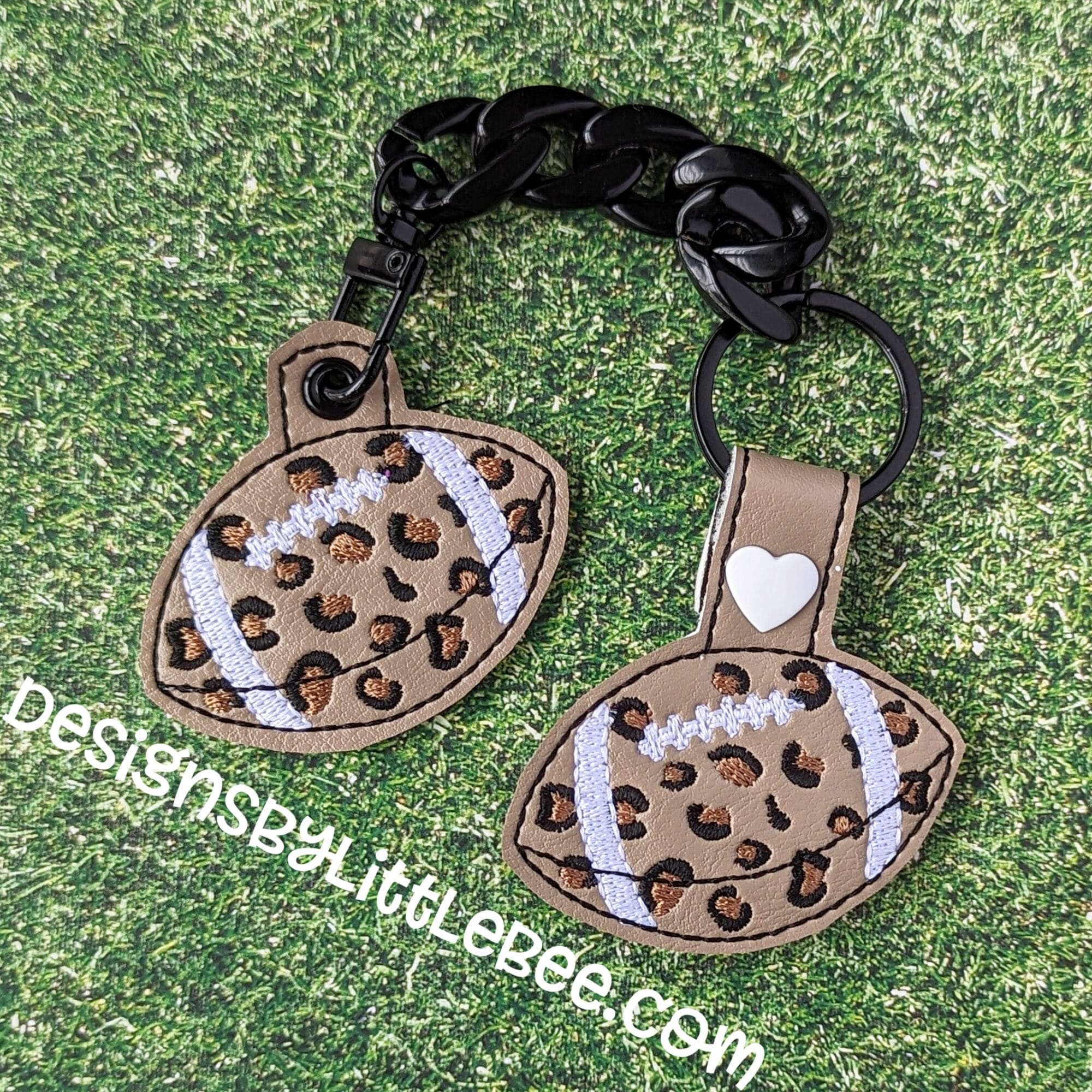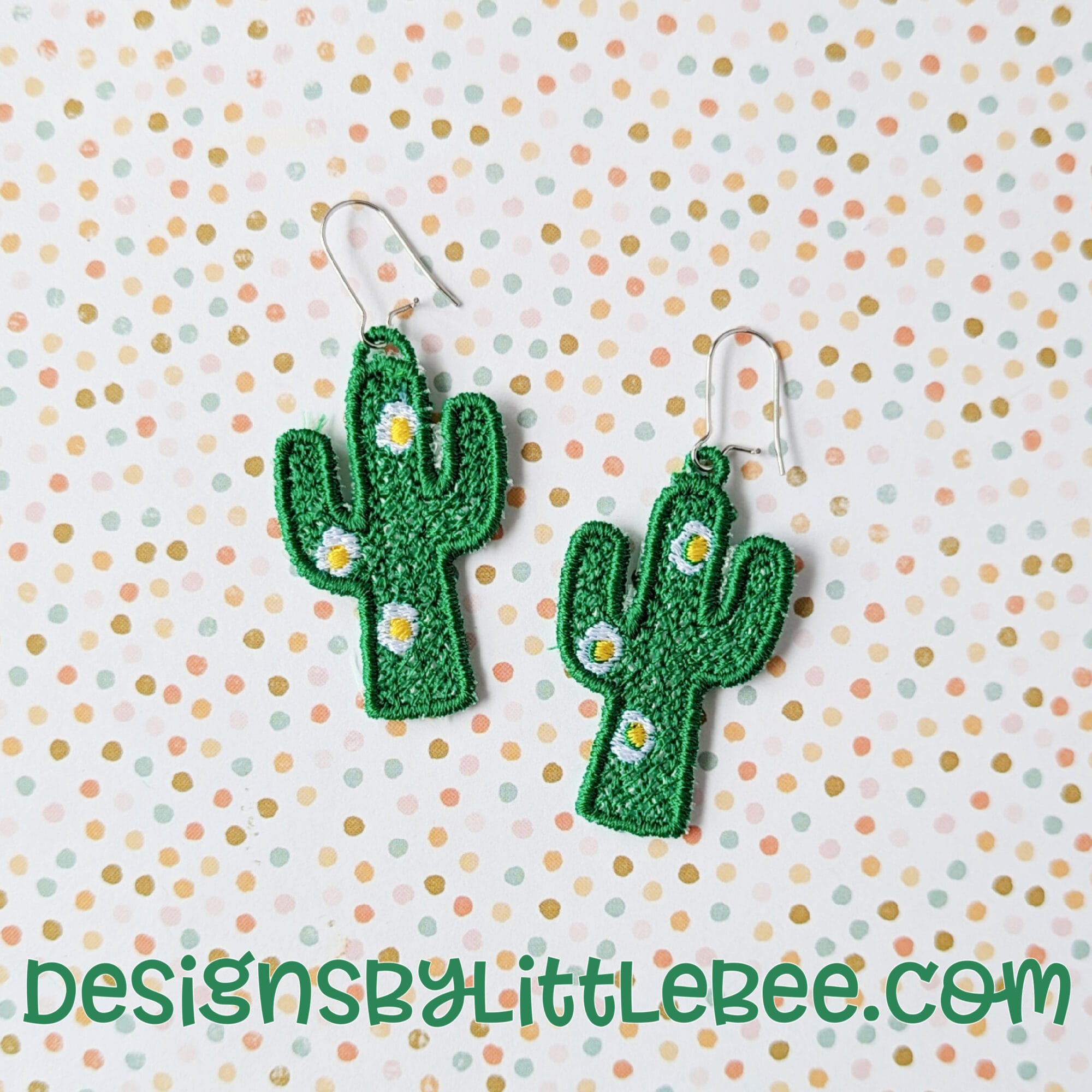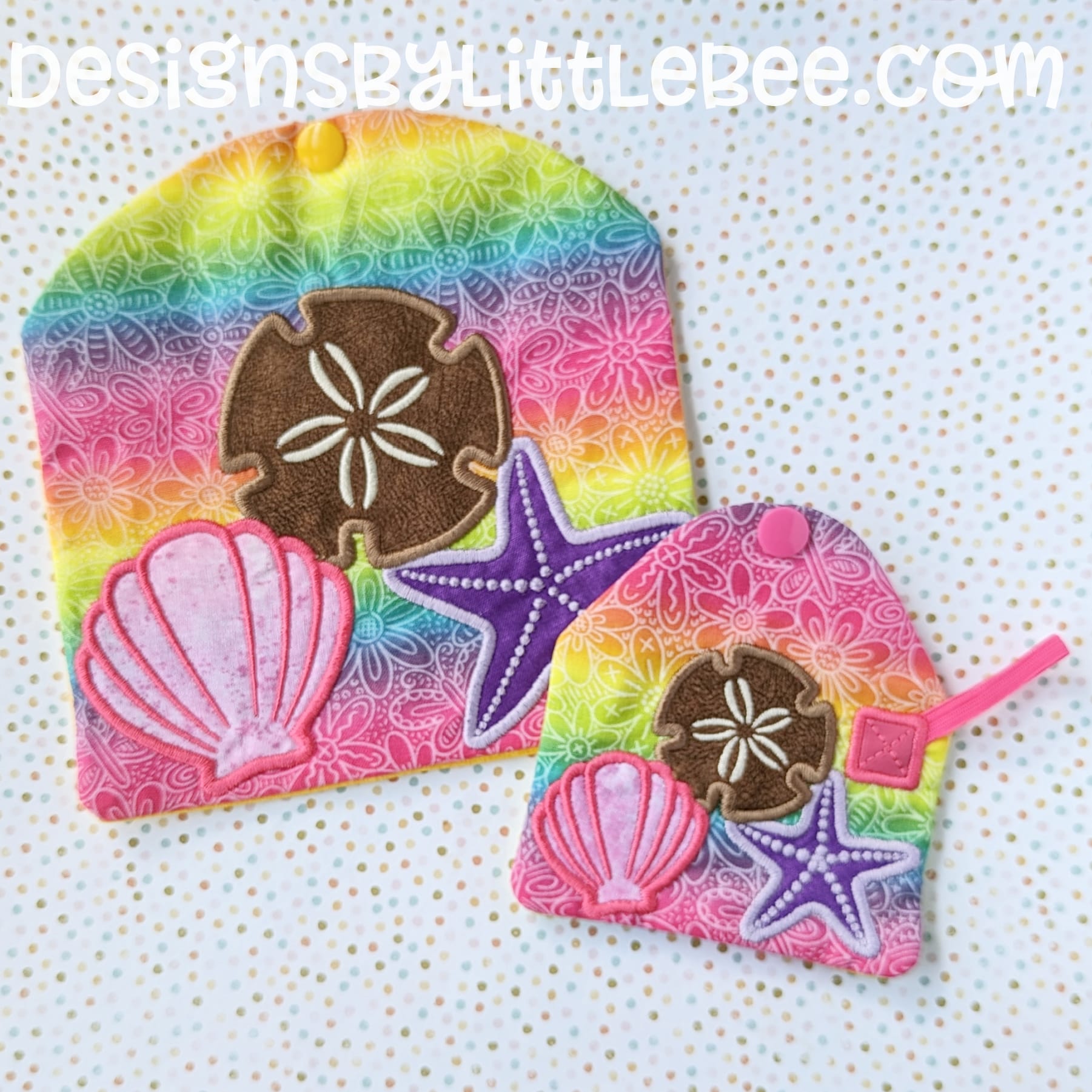Disclosure: This blog contains links to my Amazon Associates affiliate page, and any purchases you make from that page may result in Amazon store credit for me. As always, I would never recommend something that I have not personally used and/or would not purchase with my own money.
The most obvious supply you need to do machine embroidery is an embroidery machine! My first machine was a Brother capable of a 4×4 embroidery field. I outgrew that quickly, so I moved to a Bernina Deco 340 (Brother has a 5×7 machine but I lived near a dealer and wanted to purchase in -person). After I began digitizing, I wanted to make even bigger projects, so I purchased a Brother PR655 machine by making a down payment of, if I remember correctly, about $1500 and financing the rest on a 0% for 60 months financing deal from Brother. They run these specials all the time, so if you’re in the market for a multi-needle but need a financing option, I highly recommend this!
The conventional wisdom in machine embroidery is to buy the machine with the biggest embroidery field that you can afford.
As an aside, there is a really great machine embroidery starter kit available on Amazon from Embroidex that would be an awesome gift or treat for yourself if you’re just starting out.

Stabilizer
Along with thread, stabilizer is the most important machine embroidery supply. You will need to take time to learn what stabilizer to use with what project. I am going to link a really great blog/infographic from Sulky to learn the basics.

Thread
A very your-mileage-may-vary supply for machine embroidery is thread. I have used Isacord thread almost exclusively since I began embroidering, and have never had an issue over three machines and about ten years. I have also used Glide thread, and Xquisite (they have a great assortment of variegated threads).
If you keep doing embroidery and start collecting lots of thread, I highly recommend a wall-mounted thread rack. I have three of these and they are so handy for keeping your thread up off of your cutting or staging surfaces but still in arm’s reach.

Needles
You will need special machine embroidery needles to use in your machine. They come in different sizes, as well as ballpoint, sharp, or universal. Here is a great infographic to help you choose the right needle for the project at hand!
I use Organ brand needles, and for in-the-hoop embroidery projects on my multi-needle machine I use 75/11 ballpoint for everything. Make sure you select the right needle for your machine.

Bobbins
These will vary from machine to machine. Flatbed, single-needle machines can sometimes wind their own bobbins just like you do with a sewing machine. For my multi-needle, I use a bobbin that comes with a magnetic back to “stick” into the upright bobbin case.

Scissors
If you want to start a debate, ask a group of machine embroiderers what are their favorite scissors! These are one of the most subjective purchases you will make in machine embroidery. I am going to recommend my personal favorite scissors, but you are of course free to experiment with different types and brands to find what works best for you.
For general cutting of fabric, I love Kai shears or Fiskars RazorEdge scissors.

For trimming appliques, I have used my Gingher 4″ curved scissors for a decade, and I still have the same two pair (one on my machine stand and one at my desk) I’ve always had and they still cut as great as they did on day one.

Flash Drive(s)
If you’re using a machine that requires a flash drive to transfer a design to your machine (as opposed to one that uses WiFi – oh, the luxury!), stop by Designs by Little Bee to select a flash drive! You can also find them on Amazon or any number of other retailers. Tip: While bigger is usually better when it comes to storage, embroidery machines want a flash drive with a lower storage capacity so they can show you your files faster!


